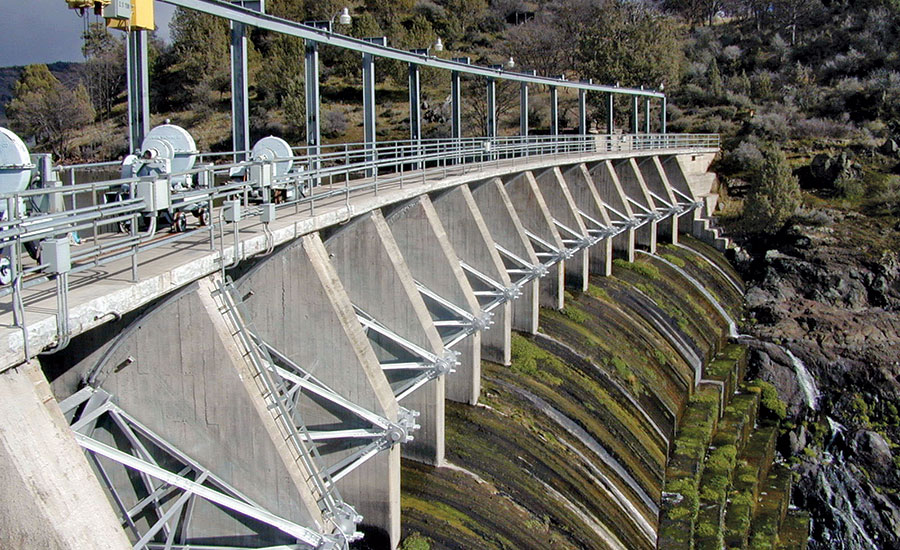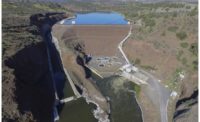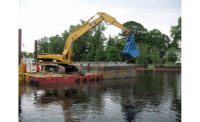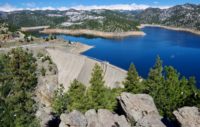Design of the largest dam removal project in the U.S. continues on course, but its progression to the decommissioning phase was thrown into limbo by federal regulators who now raise concerns on how cost overruns or other unforeseen issues would be funded after the investor-owned utility owner hands off the structures to a non-profit organization.
The Federal Energy Regulatory Commission on July 16 refused to transfer the operating license for the Klamath Hydroelectric Project in California and Oregon from utility PacifiCorp to the Klamath River Renewal Corp., created in 2016 under a settlement agreement to oversee the removal of four dams on the river.
Under the agreement, PacifiCorp’s cost to remove the dams was capped at $200 million while the state of California would pay $250 million. The non-profit KRRC in March submitted to FERC a guaranteed maximum price of $446 million, which includes a contingency of $50 million, based on 60% design.
Capping the cost to PacifiCorp protects its customers from unknown risks of removing the dams, and the approach was approved by the states’ public service corporations. FERC’s decision to keep PacifiCorp on the license leaves its customers on the hook for cost overruns and other unforeseen problems, a company spokesman told ENR.
“We are not walking away from the settlement. There could be a way to make this work,” says Bob Gravely, regional business manager for the utility. A meeting is set by July 24 for parties to the 2016 agreement, including officials of California, Oregon, tribal nations, local governments and others.
KRRC was set to begin dam removal in 2021, but the timing depends on how quickly parties can reconcile FERC’s ruling with terms of the settlement agreement, the group said. “We understand that we will need to reconvene settlement parties and make adjustments as needed to reflect PacifiCorp’s goals,” Russell Attebery, chairman of the Karuk Tribe said in a statement. “We remain committed to Klamath dam removal.”
The financial and technical arrangements agreed to by the parties may suffice to complete the dam removals, but there is a significant degree of uncertainty associated with the project, FERC said.
“Costs could escalate beyond the level anticipated and unexpected technical issues could arise,” the agency said, noting that KRRC has limited finances and no experience with hydropower dam operations or dam removals and could face issues it is not equipped to handle.
PacifiCorp has resources and experience, FERC said. “We believe that the public interest requires that PacifiCorp remain a co-licensee,” the agency said.
Under a design-build contract signed in April 2019 with KRRC, Kiewit Infrastructure West was selected to remove four hydroelectric dams, which will allow the river to flow freely with fish passage restored
Resource Environmental Solutions LLC was added in July 2019 as project restoration designer and McMillen Jacobs was selected in February as program manager.
The dams—J.C. Boyle in Oregon and Copco I, Copco II and Iron Gate in California—were built between 1918 and 1962 and have an aggregate hydroelectric capacity of 43 MW. Three dams on the upper Klamath River in Oregon will remain operating. The Klamath dams produce a total of 169 MW, PacifiCorp said.






Post a comment to this article
Report Abusive Comment